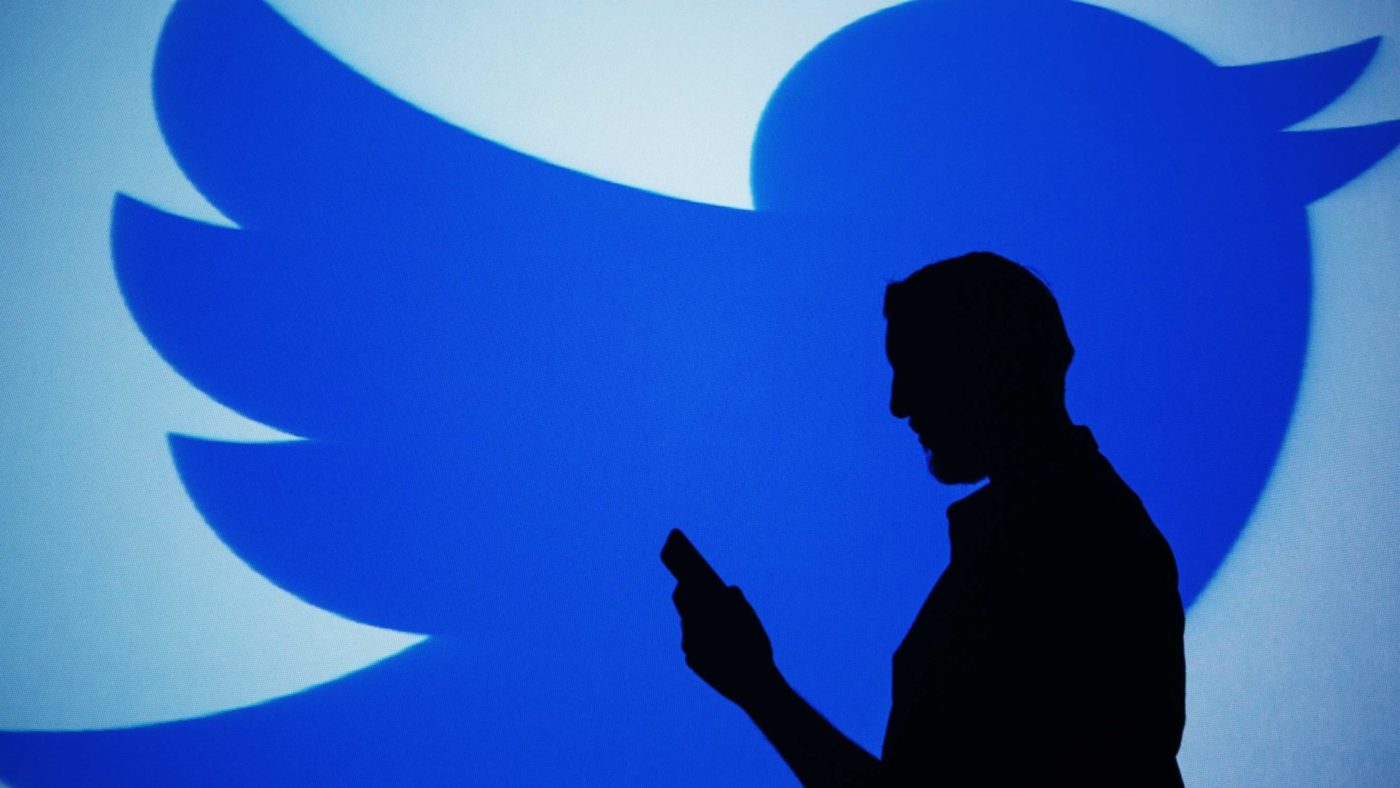The home of what used to be called microblogging is synonymous with news delivery and political debate. Twitter is a place where the news is made and where people try to make sense of the news. It is incredibly useful to anyone – not least yours truly – who wants to contribute information or ideas to a wider audience.
But it is also very unrepresentative of the population as a whole. I have written before about how the platform, and political circles more generally, are far more engrossed in parochial stories than the public. But in addition to being unrepresentative in terms of the level of political attention, the Twittersphere is also wildly unrepresentative in terms of its political views.
Neither that, nor what follows, is meant as criticism of Twitter itself; it isn’t the job of social media to be representative. Rather, it is meant as a wake-up call to those who ignore the platform’s limitations. Treating Twitter as an unbiased barometer of public opinion is a bit like using a colander to carry water – that’s not what’s it’s for.
Studies (notably by academics Jon Mellon and Chris Prosser) have shown that Twitter users are more economically left-wing and more socially liberal than the population as a whole. The British Election Study data shows that Labour won Twitter users by 54 per cent to 27 per cent in 2017, compared to 43.5 to 41 in Great Britain overall. The same data shows that Remain won the EU referendum 68-32 on Twitter, while losing it 48-52 at the ballot box.
In the US, the American National Election Study data shows that Hilary Clinton won the 2016 popular vote 53-40 among people who had posted about politics on either Twitter or Facebook in the prior 12 months, compared with a narrow popular vote win overall.
Most of this is a function of demographics. Our timelines are not weighted to contain the right proportions of different age groups, education levels, urban/rural geography, and so on. Other things being equal, a subset of the population that over-represents younger people and graduates will also over-represent views that are prevalent among younger people and graduates.
The gap may be bigger still between the electorate and the news and politics part of the Twittersphere (by which I mean those with meaningful followings, not the bots or trolls with more digits after their name than followers). Political and media circles, both on- and offline, contain similar demographic biases, and additionally tend to concentrated in urban areas, where the local population as a whole tends to be younger and more qualified. And though it would be difficult to test scientifically, the prevailing attitudes in those spaces certainly appear to be more socially liberal than in the country at large.
Consider that, in the last year, surveys in Britain has found majorities feeling that capital punishment is the most appropriate for some crimes, that efforts to ensure racial and gender equality had gone too far or far enough, that “too many immigrants have been let into the country”, that banning things that some people find objectionable and political correctness generally had gone too far, that all-male panels aren’t a big deal, and so on.
Given the tone of debate in the political Twittersphere, it is difficult to imagine these views being majority views within it – indeed it is difficult to imagine such views being expressed without a substantial backlash. And yet these are the views of majorities – in some cases large majorities – of British adults. That, by definition, suggests political Twitter is even more unrepresentative of public opinion than the platform as a whole.
The risk is that this situation distorts debate, or at least that it distorts perceptions of public opinion and societal norms. Academic research from Chris Hanretty has shown that the more a voting intention poll shows the Labour vote increasing, the more retweets it gets. And although, again, it is difficult to verify scientifically, it is not hard to see how retweeting of polling on specific issues, and more importantly tweets expressing opinions on those issues, might be similarly skewed.
There is certainly an interesting discussion to be had about whether the unrepresentativeness of these circles simply reflects the culture gap, or whether, by allowing a distorted impression of what the public thinks, it’s had a hand in widening it. At the very least it raises questions, for all of us who tweet, and especially those of us who write or broadcast as neutrals. Even if we were to assume that political Twitter contains no additional biases compared with the platform as a whole, Twitter users voted two-to-one Labour and two-to-one Remain (both of which lost).
Is the periodic ritual of journalists “getting out of the bubble” to visit Conservative or Leave areas – when they spend so much time in an online liberal left bubble – much more than a gesture? Indeed, is it appropriate for neutrals to be so active on Twitter? Should caveats be required when citing tweets as examples of what the audience thinks? The answers aren’t necessarily “no”, but given the mounting evidence, it’s a debate that feels overdue.
Twitter is in many ways the voice of the people. But that is not the same as being representative of the people. Indeed there is a lot of evidence that Twitter users and the general population have rather different views. All of us, and particularly those who take impartiality and balance seriously, would do well to bear that in mind.


